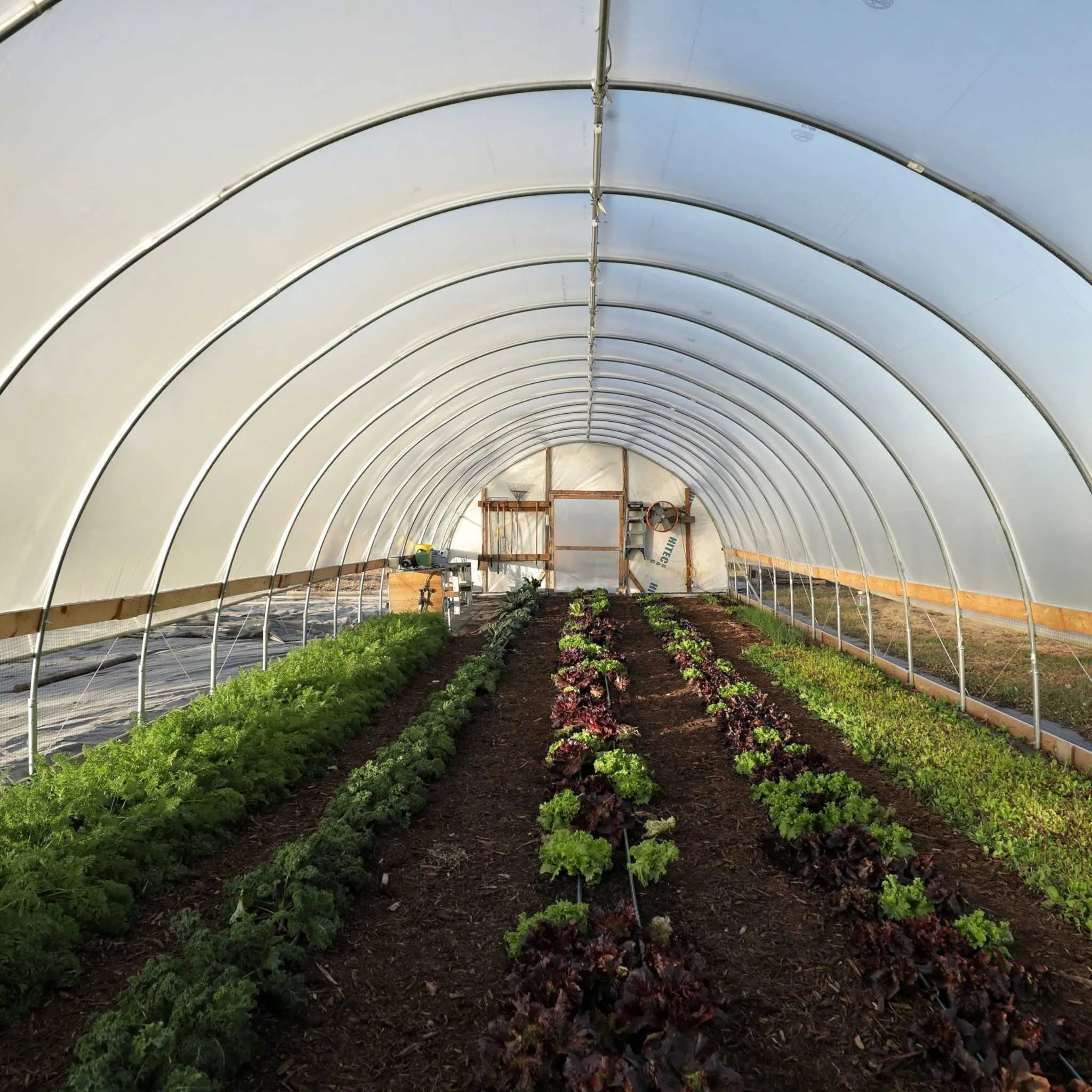Greenhouse Layout: Developing an Eco-Friendly Expanding Area
Are you thinking about creating an environment-friendly growing room? Discover how to design a greenhouse that takes full advantage of natural light, saves water, and integrates eco-friendly energy sources. By selecting lasting materials and executing energy-efficient home heating and cooling systems, you can create a greenhouse that is both productive and environmentally aware. Discover the essential components of greenhouse style that will aid you produce a successful and sustainable expanding area.
Picking Sustainable Products
When making your environment-friendly greenhouse, prioritize sustainability by very carefully picking materials that are environmentally-friendly and advertise energy efficiency. Among the most essential facets of creating an environmentally friendly greenhouse is picking sustainable materials. By going with materials that have a minimal influence on the atmosphere, you can reduce your carbon footprint and contribute to a much more sustainable future.
Begin by taking into consideration the materials used for the framework of your greenhouse. In addition, take into consideration using materials that have a high thermal mass, such as rock or concrete, as they can aid regulate the temperature inside the greenhouse, decreasing the requirement for too much home heating or cooling.
Another crucial element to take into consideration is the glazing material for your greenhouse. Select products that provide exceptional insulation residential properties, such as double- or triple-pane glass or polycarbonate panels. These products can assist catch heat inside the greenhouse, decreasing the amount of energy required for home heating throughout colder months.
Moreover, when picking materials for the interior of your greenhouse, go with sustainable choices such as bamboo or reclaimed wood for shelving and benches. These materials are not only long lasting yet also advertise the accountable use resources.
Taking Full Advantage Of All-natural Light
To optimize all-natural light in your green greenhouse, focus on the critical placement of skylights and home windows to optimize sunlight direct exposure throughout the day. This is an important consider creating an excellent growing setting for your plants. When making a decision on the positioning of windows, take into consideration the path of the sunlight throughout the day and how it will certainly affect the various locations of your greenhouse. South-facing windows will certainly receive the most sunshine, while east-facing windows will record the morning sun and west-facing home windows will get the mid-day sun. By purposefully putting home windows on these sides, you can ensure a regular and even distribution of sunlight throughout the day.
Skylights are an additional efficient means to take full advantage of natural light. They permit sunlight to get in from above, offering an added source of light for your plants. When mounting skylights, consider their dimension and setting. Larger skylights will allow much more light to go into, however make certain they are not also large that they cause extreme warmth or glow. Placement them in areas where they can supply direct sunshine to your plants without casting darkness on various other areas.
Implementing Energy-Efficient Cooling And Heating Equipments
To further improve the power effectiveness of your eco-friendly greenhouse, consider carrying out energy-efficient home heating and cooling systems. These systems play an essential role in maintaining ideal temperature level and humidity degrees for your plants, while minimizing energy usage and minimizing your greenhouse's carbon impact.

For cooling down, take into consideration carrying out a combination of natural ventilation and energy-efficient air conditioning systems. Natural air flow can be achieved via using vents, home windows, and sidewall curtains. This enables the exchange of fresh air and helps control the temperature inside the greenhouse. To further boost cooling, take into consideration setting up energy-efficient air conditioning systems such as evaporative cooling pads or misting systems. These systems use much less power compared to standard a/c devices and can effectively reduce the temperature level inside the greenhouse (Monarch Residential Greenhouse Utah).
Water Preservation Strategies
To further enhance the power effectiveness of your environment-friendly greenhouse and continue reducing its ecological effect, it is very important to apply reliable water conservation strategies. Water is a priceless resource, and with the best approaches, you can decrease your greenhouse's water intake while still providing optimum conditions for your plants.
One way to preserve water is by making use of a drip irrigation system. In addition, setting up a rainwater harvesting system can help catch and save rainwater for later usage in your greenhouse.
Another method is to mulch your plants. Including a layer of organic material around the base of your plants assists preserve moisture in the soil, minimizing the need for regular watering. Additionally, think about making use of a water-efficient potting mix that keeps dampness while still offering ample drainage.
Finally, check your greenhouse's water use on a regular basis. overseeding By keeping an eye on exactly how much water you are making use of, you can recognize areas for enhancement and make required adjustments.
Incorporating Renewable Resource Sources

Verdict
In conclusion, by applying sustainable materials, maximizing natural light, using energy-efficient heating and cooling systems, practicing water preservation techniques, and incorporating renewable resource resources, you can produce an eco-friendly greenhouse design. This will certainly not just profit the setting yet additionally advertise lasting and healthy plant growth. So, go in advance and make a positive effect on the earth deliberately an environmentally friendly expanding room.
When creating your environmentally friendly greenhouse, focus on sustainability by carefully choosing products that are environmentally-friendly and advertise energy effectiveness. These products can help catch warm inside the greenhouse, reducing the amount of energy required for home heating throughout colder months.
These systems utilize much less power contrasted to traditional air conditioning units and can properly lower the temperature inside the greenhouse.
You can include renewable power resources into your greenhouse style to make check over here it much more green and sustainable.In final thought, by implementing sustainable products, taking full advantage of all-natural light, utilizing energy-efficient home heating and cooling systems, practicing water preservation techniques, and integrating sustainable power resources, you can produce an environment-friendly greenhouse design.